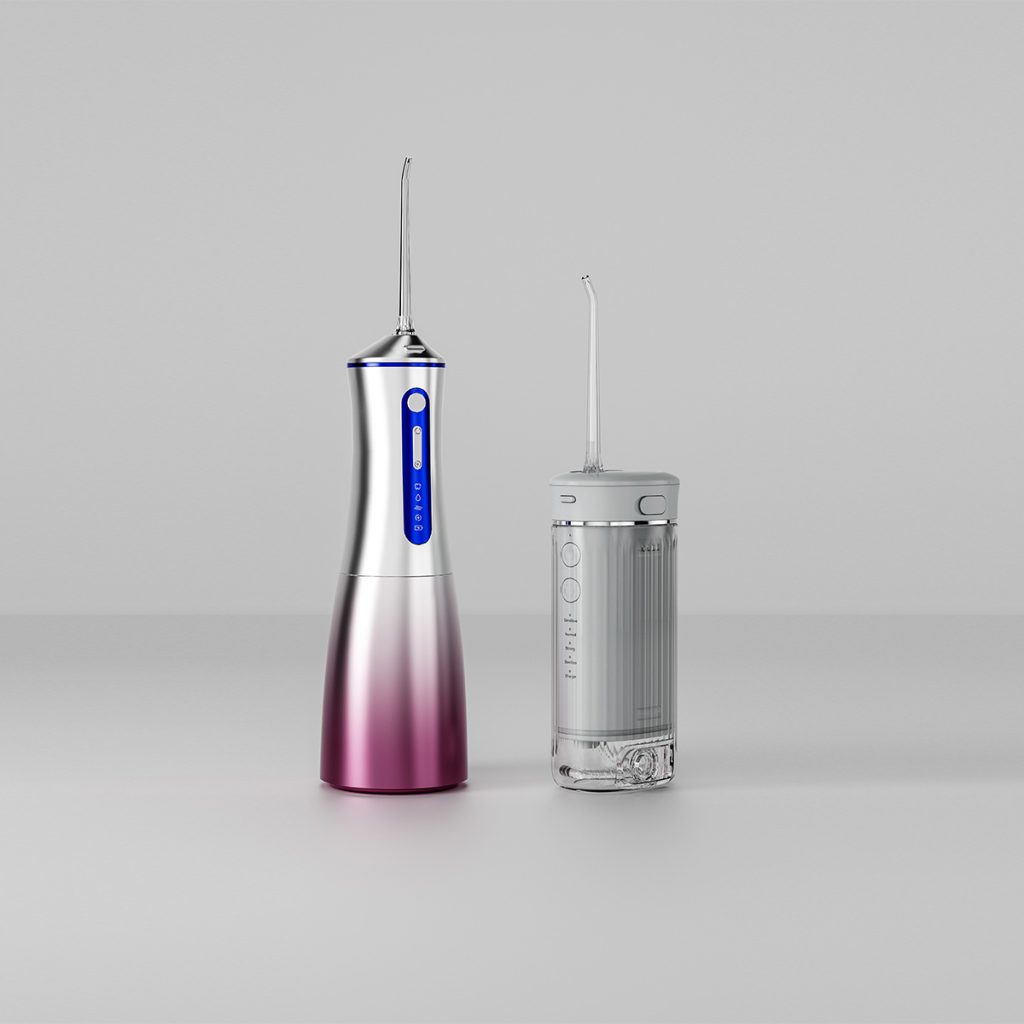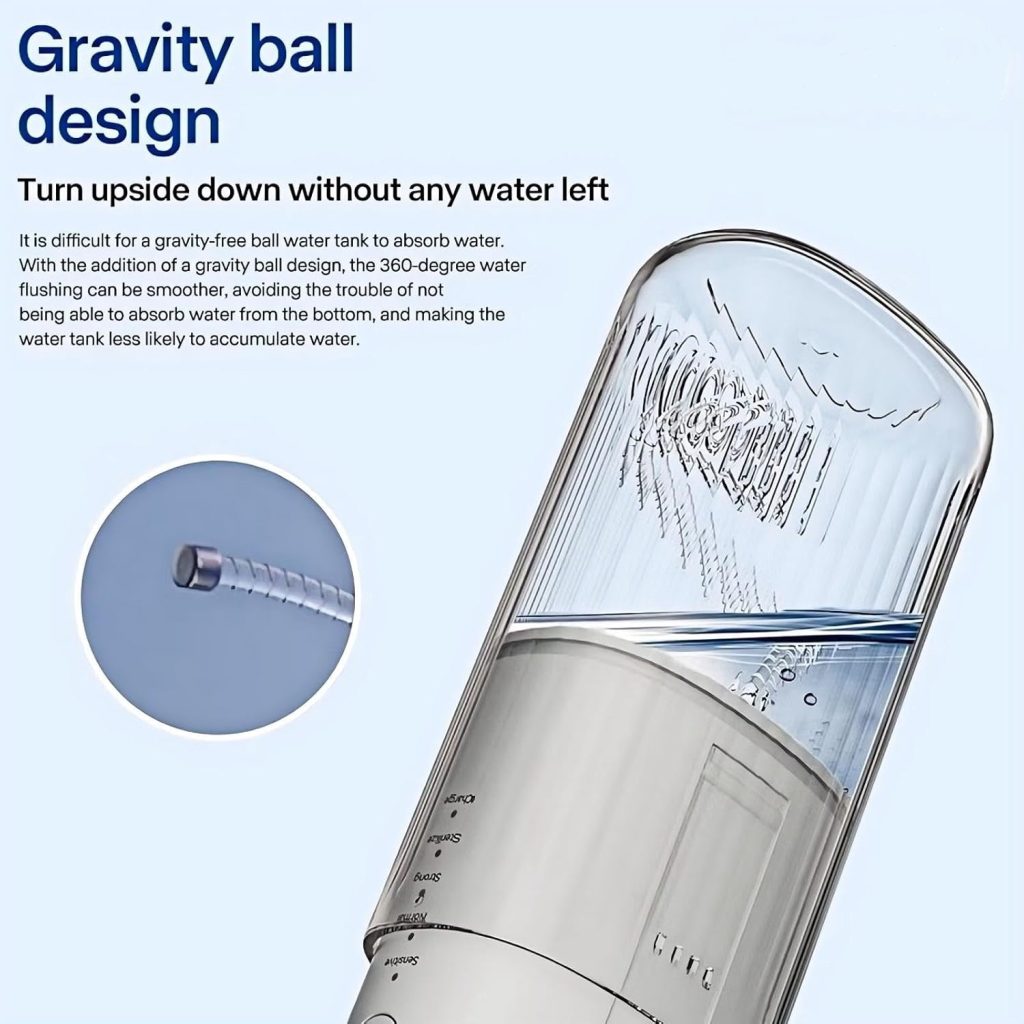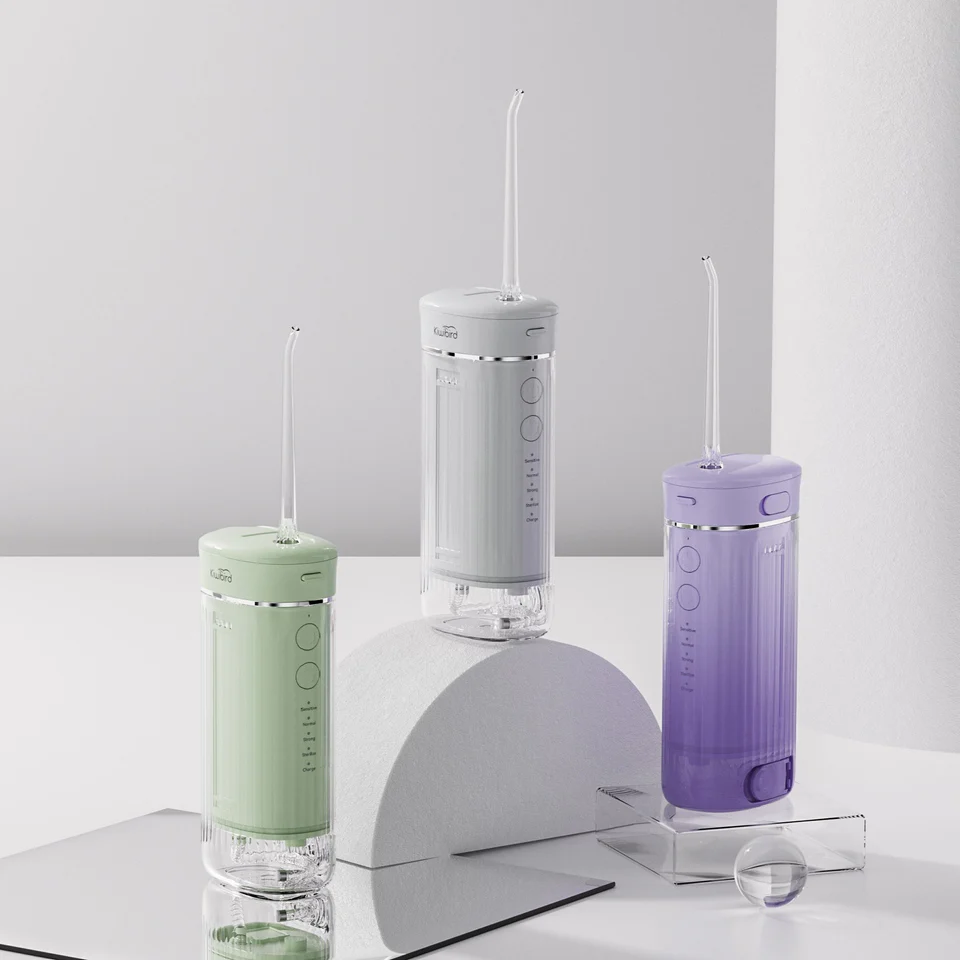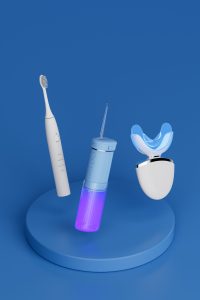In many industrial systems, filter degradation and voltage drops often occur together: when filters become clogged or aged, pumps or motors must work harder, which can trigger system voltage dips. In this blog, we examine their connection in six parts and share how to diagnose, resolve, and prevent these issues to boost equipment stability and efficiency.
Common Causes and Signs of Filter Degradation
First, understand that industrial filters (air, oil, or fluid) degrade over time due to:
- Particle buildup: Dust, oil, or sediment accumulates on the filter surface.
- Chemical corrosion: Aggressive fluids attack and weaken filter media.
- Material aging: Continuous exposure to heat and pressure reduces filter porosity and resilience.
Typical symptoms include decreased flow rate, rising system pressure, and more frequent filter changes.
Mechanisms Behind Voltage Drops
Next, learn why systems experience voltage drops:
- Increased load demand: Blocked filters raise backpressure, forcing motors to draw higher currents and causing voltage to sag.
- Power source fatigue: Batteries or power modules lose capacity under sustained heavy loads, leading to unstable output.
- Line impedance: Worn cables or loose connections add resistance, further dropping voltage.
Company web:https://www.powsmart.com/product/electric-toothbrush/
How They Interact
Filter degradation and voltage drops feed into each other:
- Higher pressure differential: Clogged filters raise system pressure, increasing motor torque requirements.
- Current surges: Motors draw extra current to overcome resistance, causing momentary voltage dips.
- Thermal stress: Continuous high-current operation generates heat, accelerating both filter and electrical component aging.
Rapid Diagnosis Techniques
To tackle both issues quickly:
- Pressure or flow monitoring: Install differential pressure gauges or flow meters at filter inlets and outlets to track clogging.
- Voltage and current logging: Use digital meters to capture motor start‑up and running currents and voltages, spotting sags or surges.
- Thermal imaging: Identify hotspots around filters and motors to pinpoint stress areas.
- Visual inspections: Regularly photograph filters and wiring to catch early corrosion or wear.
Integrated Solutions and Preventive Measures
We recommend these combined strategies:
- Upgrade filter materials and design: Choose high‑dirt‑holding, corrosion‑resistant media and modular housings for easy service.
- Enhance power and drive systems: Use soft‑start drives and over‑current protection to smooth motor startup and protect against voltage dips.
- Deploy real‑time monitoring: IoT sensors streaming pressure, voltage, and current data to the cloud enable instant alerts and remote diagnostics.
- Routine maintenance: Adjust filter change intervals and electrical inspections based on actual operating conditions rather than fixed schedules.
- Operator training: Teach technicians standardized service procedures for filter replacement and wiring checks.
- Multi‑vendor sourcing: Partner with several filter and power‑supply suppliers to reduce single‑source risk.
Continuous Improvement and Future Trends
Looking forward, innovation will further reduce these challenges:
- Self‑cleaning “smart” filters: Embedded sensors that trigger automatic cleaning or replacement.
- Integrated energy management: AI‑driven drives optimizing power delivery in real time to prevent voltage dips.
- Predictive maintenance: Machine‑learning models that forecast filter life and power‐supply health from historical data.
- Cross‑disciplinary R&D: Collaborations among materials scientists, electrical engineers, and IoT specialists to create more resilient systems.
Conclusion
When filter degradation and voltage drops coincide, system performance and reliability suffer. By understanding their interplay, employing precise diagnostics, optimizing design, and adopting smart maintenance, you can eliminate this twin threat and extend equipment life. In the Industry 4.0 era, ongoing innovation and rigorous quality control are your keys to staying ahead.
For tailored solutions in filter selection, power management, or smart maintenance, please contact Powsmart technology co., ltd!





